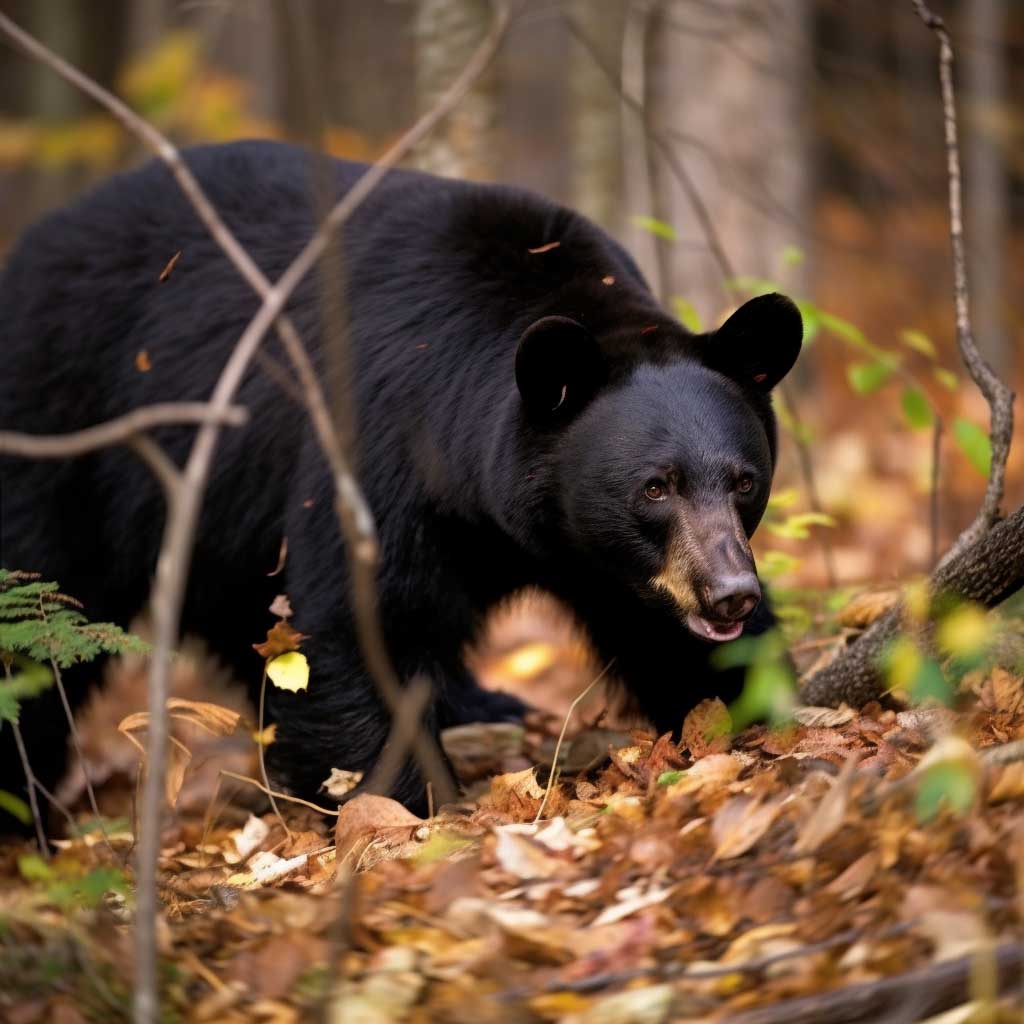Tips for Field-Judging Black Bears


Determining the size of black bears can be a challenging task, but there are some tips that can help you make an informed decision about whether or not to take a shot. It’s important to recognize that what constitutes a “good” bear will vary depending on where you’re hunting. If you’re hunting in your local area, you’ll have a sense of what’s average. If you’re hunting in another state or country, your outfitter can provide you with the necessary information.
Other factors to consider include the time of year and the bear’s behavior. Early spring bears will be thinner than fall bears, while mature boars will be larger than mature sows. You can determine a bear’s sex by observing its behavior, such as the way it scratches its back on a tree, breaks limbs, or chases other bears. You can also look for the penile sheath when the bear stands up.
Comparing a bear to another object of known size is one of the more reliable ways to judge its size. If you’re hunting over bait, you can compare the bear to the bait barrel or a hanging honey pot. If you’re spot-and-stalk hunting, you can use the average circumference of different trees in the area as a comparison point.
If you have no frame of reference, you can look at the bear’s body. A bear with long legs and lots of daylight under its belly is likely small or thin. A trophy bear, on the other hand, will have a lower, saggy belly, especially in the fall and early winter. When looking at the bear’s ears, note their position in relation to its head. Ears that are farther off to the side, particularly when the bear is looking at you or focusing intently on something, indicate a larger bear.
Finally, you can use scat as a clue to the bear’s size. A pile of scat can tell you a lot about a bear’s size, as larger bears produce larger scat. However, it’s important to note that scat alone is not a reliable indicator of a bear’s size, and it should be used in conjunction with other signs.




